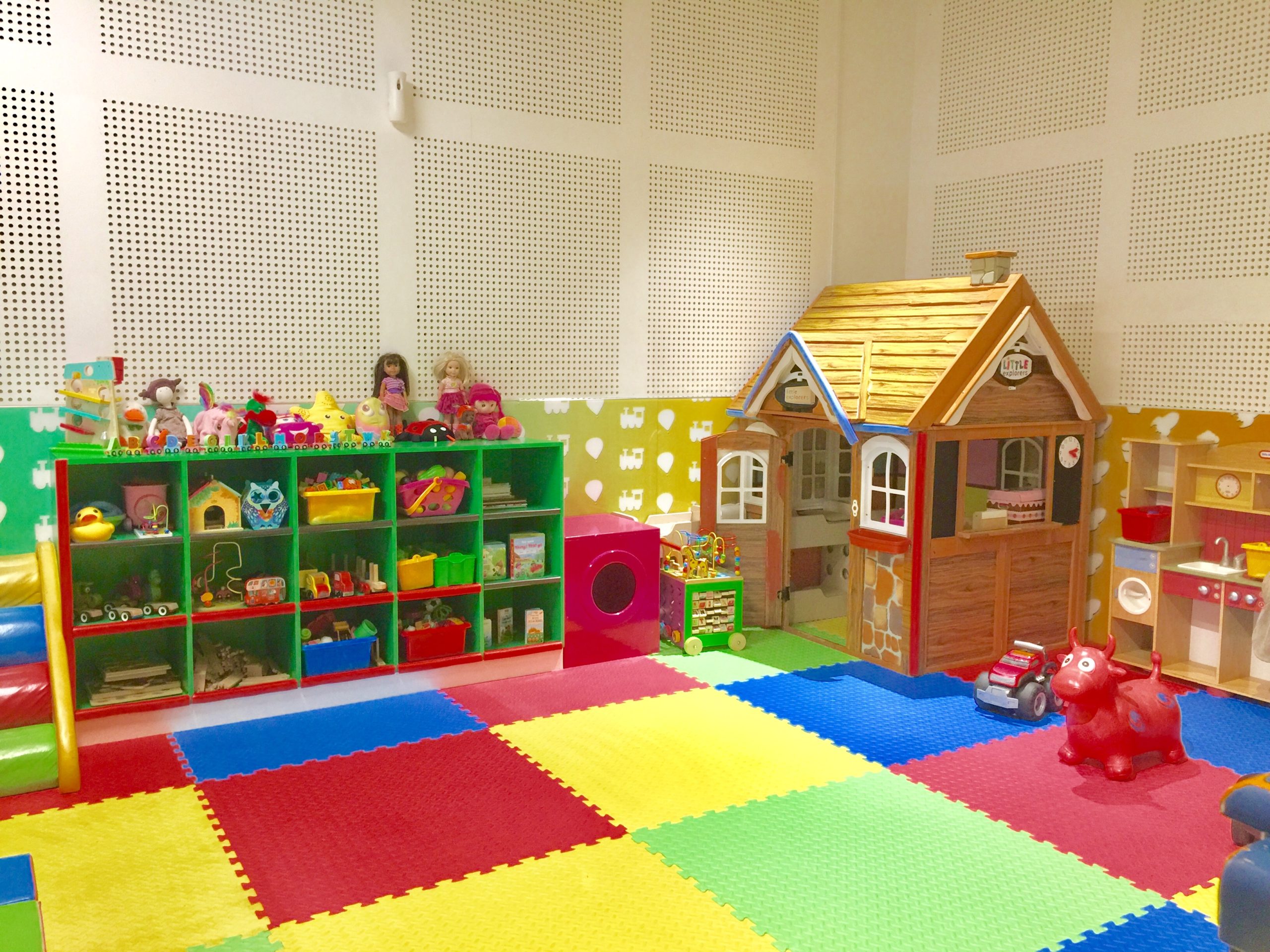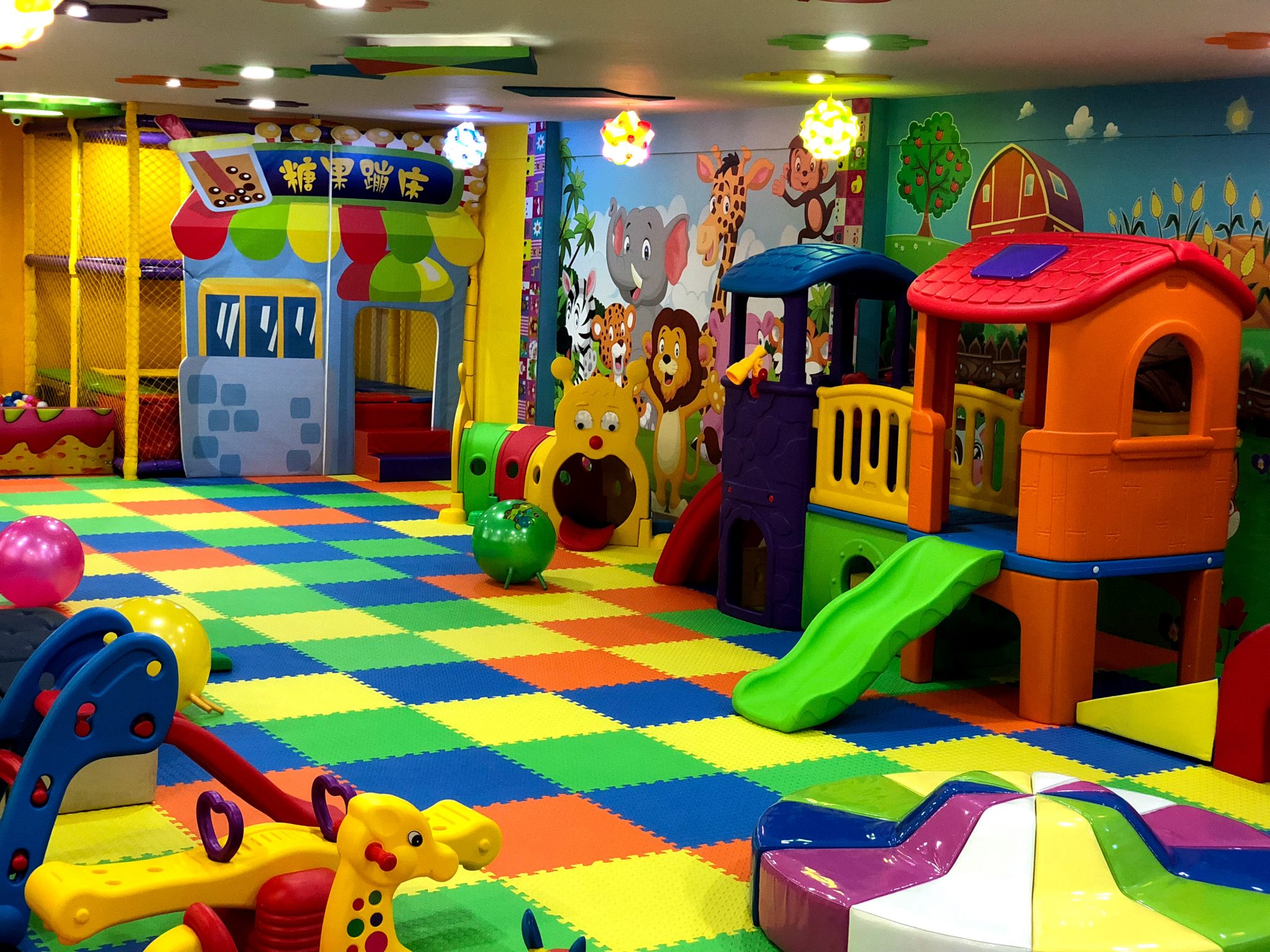Indoor play areas offer a vibrant and stimulating environment for children to engage in imaginative play, develop essential skills, and foster social interactions. From toddlers to older kids, these spaces provide a safe and accessible haven for physical activity, cognitive growth, and emotional well-being.
This comprehensive guide explores the multifaceted aspects of indoor play areas, encompassing design principles, educational value, benefits for children with special needs, business considerations, and safety standards. Delve into the world of indoor play and discover how these spaces nurture children’s development while providing a fun and engaging experience.
Indoor Play Area Design
Indoor play areas offer a safe and stimulating environment for children to engage in physical activity, socialize, and develop their cognitive and motor skills. Safety and age-appropriateness are paramount in their design, ensuring that children can play freely without risk of injury.Play areas can be categorized into various types, each catering to different age groups and developmental needs.
Soft play areas, designed for toddlers and young children, feature padded surfaces, foam blocks, and interactive elements that promote gross motor skills and imaginative play. Climbing structures, suitable for older children, challenge their physical abilities and encourage coordination and balance.
Sensory play zones provide a stimulating environment for children to explore different textures, sounds, and scents, fostering cognitive development and creativity.The design of indoor play areas also involves careful consideration of lighting, colors, and materials. Natural lighting is ideal, but when not available, artificial lighting should be bright and evenly distributed to create a welcoming and energetic atmosphere.
Colors play a significant role in stimulating children’s senses and emotions. Bright and vibrant colors can energize and inspire, while calming and neutral colors can create a more relaxing and focused environment. The choice of materials is equally important, with durable and non-toxic materials ensuring safety and longevity.
Educational Value of Indoor Play
Indoor play areas offer a valuable environment for children’s development, providing opportunities for cognitive, social, and physical growth. Research has consistently demonstrated the educational benefits of indoor play, particularly in the areas of cognitive development, social skills, and physical coordination.
Well-designed indoor play areas can foster creativity, imagination, and problem-solving skills by providing a variety of play activities that encourage children to explore, experiment, and learn through play.
Cognitive Development
Indoor play areas can stimulate cognitive development by providing opportunities for children to engage in imaginative play, explore different materials and textures, and solve problems.
You also will receive the benefits of visiting best restaurants anna maria island today.
- Imaginative play:Pretend play helps children develop their language skills, creativity, and social skills. It also encourages them to think symbolically and to understand different perspectives.
- Exploration:Children learn about the world around them by exploring different materials and textures. They develop their sensory skills and their understanding of cause and effect.
- Problem-solving:Indoor play areas can provide opportunities for children to solve problems, such as how to build a tower or how to get a toy out of a box. This helps them to develop their critical thinking skills and their ability to persevere.
Social Skills
Indoor play areas provide opportunities for children to interact with other children and to develop their social skills. They learn how to cooperate, negotiate, and share. They also learn how to express their feelings and to resolve conflicts.
Notice crystal springs park jacksonville fl for recommendations and other broad suggestions.
- Cooperation:Children learn how to cooperate when they play together in groups. They have to learn how to take turns, share toys, and work together to achieve a common goal.
- Negotiation:Children learn how to negotiate when they have different ideas about how to play. They have to learn how to compromise and to find solutions that everyone can agree on.
- Sharing:Children learn how to share when they play with other children. They have to learn how to take turns and to let others have a chance to play with the toys.
- Expressing feelings:Indoor play areas provide a safe environment for children to express their feelings. They can pretend to be different characters and to act out different scenarios. This helps them to understand their own feelings and the feelings of others.
- Resolving conflicts:Children learn how to resolve conflicts when they play with other children. They have to learn how to talk about their problems and to find solutions that everyone can agree on.
Physical Coordination, Indoor play areas
Indoor play areas can help children to develop their physical coordination by providing opportunities for them to run, jump, climb, and balance. They also help to develop their fine motor skills.
- Gross motor skills:Indoor play areas provide opportunities for children to develop their gross motor skills, such as running, jumping, climbing, and balancing. These activities help to strengthen their muscles and to improve their coordination.
- Fine motor skills:Indoor play areas can also help children to develop their fine motor skills, such as grasping, pinching, and threading. These activities help to strengthen their fingers and hands and to improve their dexterity.
Benefits for Children with Special Needs
Indoor play areas offer a range of therapeutic benefits for children with special needs, including those with sensory processing disorders, autism spectrum disorder, and physical disabilities.
These environments provide a safe and controlled space where children can explore their senses, develop motor skills, and socialize with peers.
You also can understand valuable knowledge by exploring chenay bay beach resort.
Sensory Processing Disorders
Children with sensory processing disorders have difficulty processing sensory information, which can lead to challenges with balance, coordination, and social interaction.
Indoor play areas can provide a variety of sensory experiences, such as swings, trampolines, and ball pits, that can help children to regulate their sensory input and improve their overall functioning.
Browse the multiple elements of bowling alley open to gain a more broad understanding.
Autism Spectrum Disorder
Children with autism spectrum disorder may have difficulty with social interaction and communication.
Indoor play areas can provide a structured and predictable environment where children with autism can practice social skills and develop their language abilities.
Physical Disabilities
Children with physical disabilities may have difficulty with mobility and coordination.
Indoor play areas can provide accessible equipment, such as ramps, adaptive swings, and modified play structures, that allow children with physical disabilities to participate in play activities alongside their peers.
Business Considerations for Indoor Play Area Operators: Indoor Play Areas
Indoor play area businesses require careful planning and execution to ensure success. Choosing a suitable location, targeting the right market, and implementing effective marketing strategies are crucial for attracting families and generating revenue. Additionally, efficient operations management, proper staffing, and exceptional customer service contribute significantly to the profitability and reputation of the business.
Location and Target Market
Selecting an appropriate location is essential for an indoor play area business. Factors to consider include proximity to residential areas, visibility and accessibility, and the presence of complementary businesses (e.g., restaurants, shopping centers). The target market should be clearly defined, taking into account factors such as age range, income level, and family size.
Marketing and Advertising
Marketing and advertising are vital for promoting the indoor play area and attracting customers. Online advertising, social media campaigns, and local partnerships can effectively reach target audiences. Offering incentives, such as discounts and loyalty programs, can encourage repeat visits.
Operations Management
Efficient operations management ensures a smooth-running play area. Establishing clear policies and procedures for staff, maintaining cleanliness and safety standards, and monitoring equipment regularly are essential. Managing inventory, controlling costs, and optimizing staffing levels contribute to profitability.
Staffing and Customer Service
Friendly and knowledgeable staff play a significant role in creating a positive experience for customers. Hiring enthusiastic individuals who enjoy working with children and are committed to providing excellent customer service is crucial. Regular training and performance evaluations ensure that staff remains engaged and up-to-date on best practices.
Safety and Hygiene Standards
Adhering to safety and hygiene standards in indoor play areas is crucial to ensure the well-being of children. Stringent safety measures safeguard children from potential hazards, while proper hygiene practices prevent the spread of germs and infections.
Regular Equipment Inspections
Regularly inspect all equipment, including play structures, trampolines, and soft play areas, to identify any damage or wear and tear. Promptly repair or replace any defective components to prevent accidents.
Proper Supervision
Provide adequate supervision by trained staff who can monitor children’s activities and intervene in case of emergencies. Establish clear rules and expectations for children, and enforce them consistently.
Emergency Procedures
Develop and implement emergency procedures for handling accidents, injuries, or medical emergencies. Train staff on these procedures and ensure they are well-equipped to respond effectively.
Maintaining a Clean and Hygienic Environment
Maintain a clean and hygienic environment by regularly cleaning and disinfecting all surfaces, toys, and equipment. Encourage children to wash their hands frequently and provide hand sanitizer dispensers throughout the play area.
Ending Remarks
In conclusion, indoor play areas are not merely places for children to have fun but also essential environments that contribute to their overall well-being and development. By adhering to safety standards, incorporating educational elements, and catering to the needs of children with special needs, these spaces can create a positive and inclusive atmosphere where every child can thrive.
For business owners, indoor play areas present a lucrative opportunity to provide a valuable service to families and the community. By understanding the market, implementing effective marketing strategies, and maintaining high standards of operation, these businesses can establish themselves as trusted destinations for children’s entertainment and development.
FAQ Explained
What are the key safety considerations for indoor play areas?
Ensuring regular equipment inspections, proper supervision, and emergency procedures are crucial for maintaining a safe environment.
How do indoor play areas contribute to children’s education?
Research demonstrates that indoor play promotes cognitive development, social skills, physical coordination, creativity, imagination, and problem-solving abilities.
What are the specific benefits of indoor play for children with special needs?
Indoor play provides therapeutic benefits for children with sensory processing disorders, autism spectrum disorder, and physical disabilities, supporting their unique needs and fostering inclusivity.



